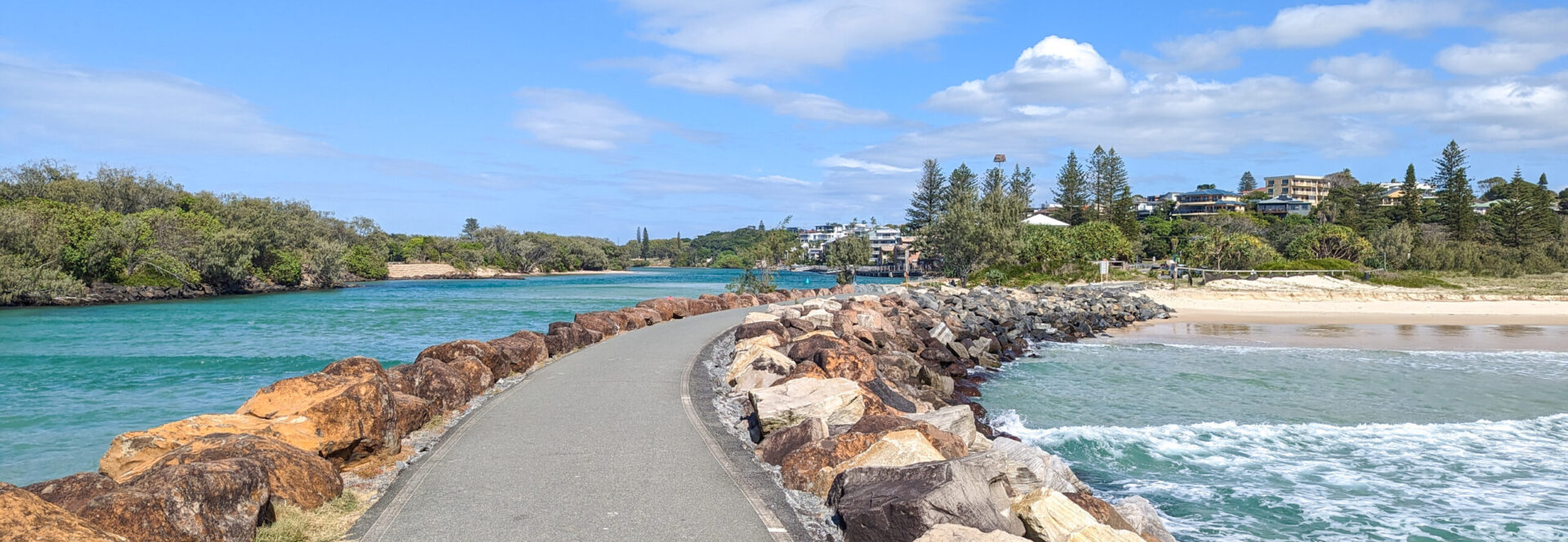Few creatures capture the imagination quite like the Cassowary. These magnificent birds, native to the tropical forests of New Guinea, nearby islands and northern Australia, are as intriguing as they are elusive.
Cassowaries belong to the family Casuariidae and the genus Casuarius. There are three species: the Southern Cassowary, the Northern Cassowary and the Dwarf Cassowary. These birds have an evolutionary history, dating back to the dinosaurs. Their striking appearance, characterized by a vivid blue and black plumage, a helmet-like casque on their heads and brightly colored wattles hanging from their throats, makes them one of the most prehistoric looking birds.

The Wattle– usually red or blue, serve multiple purposes:
- Helps in attract potential mates.
- Believed to aid in social signaling among cassowaries, helping them communicate in the dense rainforest habitats they call home.
- Some researchers suggest that wattles somehow helps in regulating their body temperature.
Cassowary Diet and Behavior
Cassowaries are primarily frugivores, meaning their diet consists mainly of fruit. Fungi, insects and small vertebrates may also be consumed. They play a crucial role in their ecosystems as seed dispersers, aiding in the growth of various plant species.
These birds are solitary and territorial. They roam the forest floor in search of food, using their powerful legs and sharp claws to defend themselves and their territory. Seemingly docile nature, cassowaries can be aggressive if threatened. Their claws are capable of inflicting serious injuries.
Where to See Cassowaries
If you’re keen to see cassowaries in their natural habitat, here are some prime locations:
Daintree Rainforest, Australia: One of the best places to spot Southern Cassowaries. The Daintree Rainforest offers guided tours where you can catch a glimpse of these elusive birds.
Mission Beach, Australia: Known for its cassowary sightings, Mission Beach has several walking trails that increase your chances of encountering these birds.
New Guinea: The dense rainforest is home to the Northern and Dwarf Cassowaries. Local guides can help you navigate these regions to spot cassowaries.
Australia and New Guinea has various national parks and wildlife reserves dedicated to preserving cassowary habitats, providing safe environments for these birds to thrive.
Zoos, Wildlife Parks and Sanctuaries
Australia Zoo, Queensland: Offers educational programs and is home for several species of cassowaries.
Taronga Zoo, Sydney: Offers visitors a chance to see cassowaries and learn about their conservation.
San Diego Zoo, USA: Known for its diverse collection, including the southern cassowary.

Facts About Cassowaries
Ancient Lineage: Cassowaries fossils dating back to the Pleistocene epoch.
Helmeted Casque: Located on their heads, this casque is believed to help them push through dense vegetation and may also be a secondary sexual characteristic.
Speed and Agility: Despite their size, cassowaries can run up to 50 km/h (31 mph) and jump up to 1.5 meters (5 feet) in the air, making them surprisingly agile.
Vocalizations: One of the lowest known bird calls in the world. Cassowaries produce low-frequency sounds that travel long distances through dense forest.
Breeding and Rearing: Male cassowaries are responsible for incubating the eggs and raising the chicks, a unique trait among many bird species.
Conservation Status: The southern cassowary is listed as Vulnerable due to habitat loss, vehicle strikes and dog attacks. Conservation efforts are crucial for their survival.
Whether you are a birder our wildlife enthusiast, seeing a cassowary in its natural habitat is an unforgettable experience. Remember to respect their space and contributing to conservation efforts where possible.
Feel free to share your cassowary encounters in the comments. Happy wildlife watching and may your travels be filled with wonder and discovery!
Discover more from Ports In Paradise
Subscribe to get the latest posts sent to your email.



Great Read Can i leave my thoughts ?! –
Thanks for reading , Love The Blog !!
Thanks – TheDogGod – Pomeranian Puppies & Adult Dog Guides & Tips pomeranianpuppies.uk